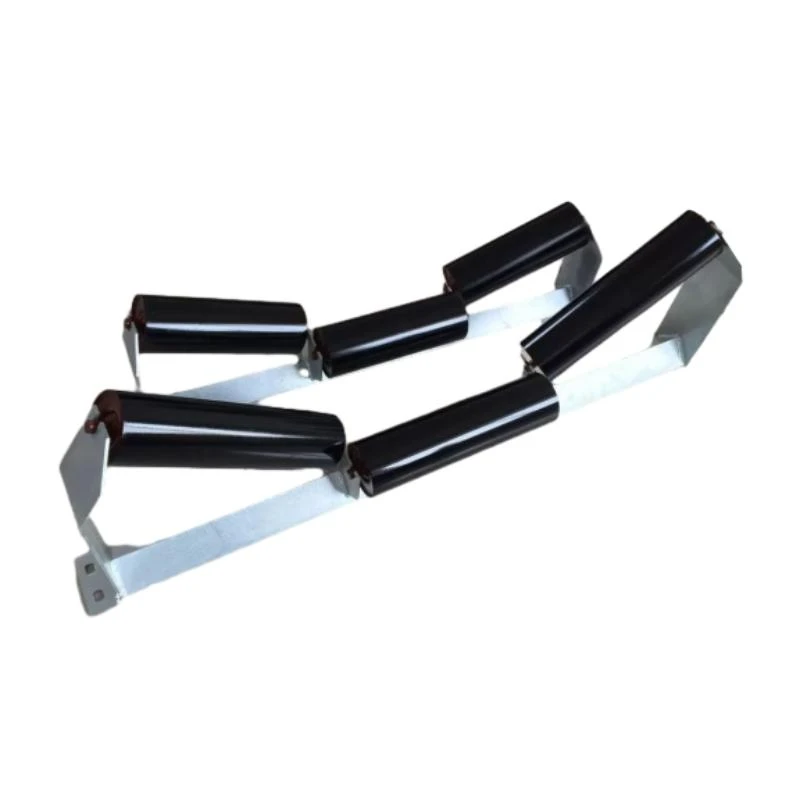 Afrikaans
Afrikaans  Albanian
Albanian  Amharic
Amharic  Arabic
Arabic  Armenian
Armenian  Azerbaijani
Azerbaijani  Basque
Basque  Belarusian
Belarusian  Bengali
Bengali  Bosnian
Bosnian  Bulgarian
Bulgarian  Catalan
Catalan  Cebuano
Cebuano  Corsican
Corsican  Croatian
Croatian  Czech
Czech  Danish
Danish  Dutch
Dutch  English
English  Esperanto
Esperanto  Estonian
Estonian  Finnish
Finnish  French
French  Frisian
Frisian  Galician
Galician  Georgian
Georgian  German
German  Greek
Greek  Gujarati
Gujarati  Haitian Creole
Haitian Creole  hausa
hausa  hawaiian
hawaiian  Hebrew
Hebrew  Hindi
Hindi  Miao
Miao  Hungarian
Hungarian  Icelandic
Icelandic  igbo
igbo  Indonesian
Indonesian  irish
irish  Italian
Italian  Japanese
Japanese  Javanese
Javanese  Kannada
Kannada  kazakh
kazakh  Khmer
Khmer  Rwandese
Rwandese  Korean
Korean  Kurdish
Kurdish  Kyrgyz
Kyrgyz  Lao
Lao  Latin
Latin  Latvian
Latvian  Lithuanian
Lithuanian  Luxembourgish
Luxembourgish  Macedonian
Macedonian  Malgashi
Malgashi  Malay
Malay  Malayalam
Malayalam  Maltese
Maltese  Maori
Maori  Marathi
Marathi  Mongolian
Mongolian  Myanmar
Myanmar  Nepali
Nepali  Norwegian
Norwegian  Norwegian
Norwegian  Occitan
Occitan  Pashto
Pashto  Persian
Persian  Polish
Polish  Portuguese
Portuguese  Punjabi
Punjabi  Romanian
Romanian  Russian
Russian  Samoan
Samoan  Scottish Gaelic
Scottish Gaelic  Serbian
Serbian  Sesotho
Sesotho  Shona
Shona  Sindhi
Sindhi  Sinhala
Sinhala  Slovak
Slovak  Slovenian
Slovenian  Somali
Somali  Spanish
Spanish  Sundanese
Sundanese  Swahili
Swahili  Swedish
Swedish  Tagalog
Tagalog  Tajik
Tajik  Tamil
Tamil  Tatar
Tatar  Telugu
Telugu  Thai
Thai  Turkish
Turkish  Turkmen
Turkmen  Ukrainian
Ukrainian  Urdu
Urdu  Uighur
Uighur  Uzbek
Uzbek  Vietnamese
Vietnamese  Welsh
Welsh  Bantu
Bantu  Yiddish
Yiddish  Yoruba
Yoruba  Zulu
Zulu Comparing Prices for Guide Rollers in the Market Today
Understanding the Pricing of Guide Rollers Factors and Insights
Guide rollers are essential components in various industrial applications, especially in conveyor systems, printing machines, and material handling equipment. They serve the crucial function of guiding and supporting moving parts, ensuring smooth operations and minimizing wear and tear. As with any industrial component, understanding the price dynamics of guide rollers is vital for manufacturers and buyers alike. This article delves into the factors influencing the price of guide rollers and provides insights for potential buyers.
Factors Influencing Guide Roller Prices
1. Material Composition The choice of material is one of the most significant factors affecting the price of guide rollers. Common materials include plastic, rubber, and metal (such as steel or aluminum). Metal rollers generally offer greater durability and load-bearing capacity, making them more expensive compared to their plastic or rubber counterparts. Custom materials or specialized coatings for enhanced performance or corrosion resistance can further increase costs.
2. Dimensions and Design The specific dimensions of a guide roller—such as diameter, length, and weight—impact production costs. Non-standard sizes or unique designs that require specialized manufacturing processes can lead to higher prices. Customization requests often drive up costs, but they may be necessary to meet specific operational requirements.
3. Load Capacity and Performance Specifications The load capacity of a guide roller is another crucial factor. Rollers designed to handle heavier loads or high-speed applications typically incorporate advanced engineering and materials, resulting in higher prices. Additionally, features such as bearing types, surface treatments, and resistance to various environmental conditions can influence costs.
guide roller price

4. Manufacturing Processes The complexity of the manufacturing process plays a critical role in determining the price of guide rollers. Advanced manufacturing techniques, such as CNC machining or injection molding, tend to incur higher costs. Moreover, the production volume affects pricing; larger orders often benefit from economies of scale, leading to a lower price per unit compared to smaller orders.
5. Brand and Supplier Reputation The reputation of the manufacturer or supplier can significantly influence pricing. Established brands with a proven track record of quality and reliability may command higher prices due to their reputation. Conversely, emerging or lesser-known brands might offer lower prices but may not guarantee the same level of performance or quality assurance.
6. Market Trends and Economic Factors Market trends and wider economic conditions also impact the cost of guide rollers. Changes in raw material prices, fluctuations in demand and supply, and global economic conditions can lead to price variations. For instance, disruptions in the supply chain caused by geopolitical events or natural disasters can increase costs.
Conclusion
When considering the purchase of guide rollers, it is essential to evaluate the various factors that contribute to their pricing. Understanding these elements can empower buyers to make informed decisions that align with their operational needs and budget constraints. While price is a vital consideration, it should not be the sole determinant in the selection process. The long-term performance, reliability, and cost-effectiveness of guide rollers often hinge on their material quality, design, and manufacturing processes.
For businesses looking to procure guide rollers, thorough research, supplier comparisons, and understanding specific requirements will help strike the right balance between cost and quality. In a competitive industrial landscape, investing in high-quality guide rollers may result in significant long-term savings through enhanced operational efficiency and reduced maintenance costs. Ultimately, making informed choices in guide roller procurement can contribute to overall business success.
-
Revolutionizing Conveyor Reliability with Advanced Rubber Lagging PulleysNewsJul.22,2025
-
Powering Precision and Durability with Expert Manufacturers of Conveyor ComponentsNewsJul.22,2025
-
Optimizing Conveyor Systems with Advanced Conveyor AccessoriesNewsJul.22,2025
-
Maximize Conveyor Efficiency with Quality Conveyor Idler PulleysNewsJul.22,2025
-
Future-Proof Your Conveyor System with High-Performance Polyurethane RollerNewsJul.22,2025
-
Driving Efficiency Forward with Quality Idlers and RollersNewsJul.22,2025





























